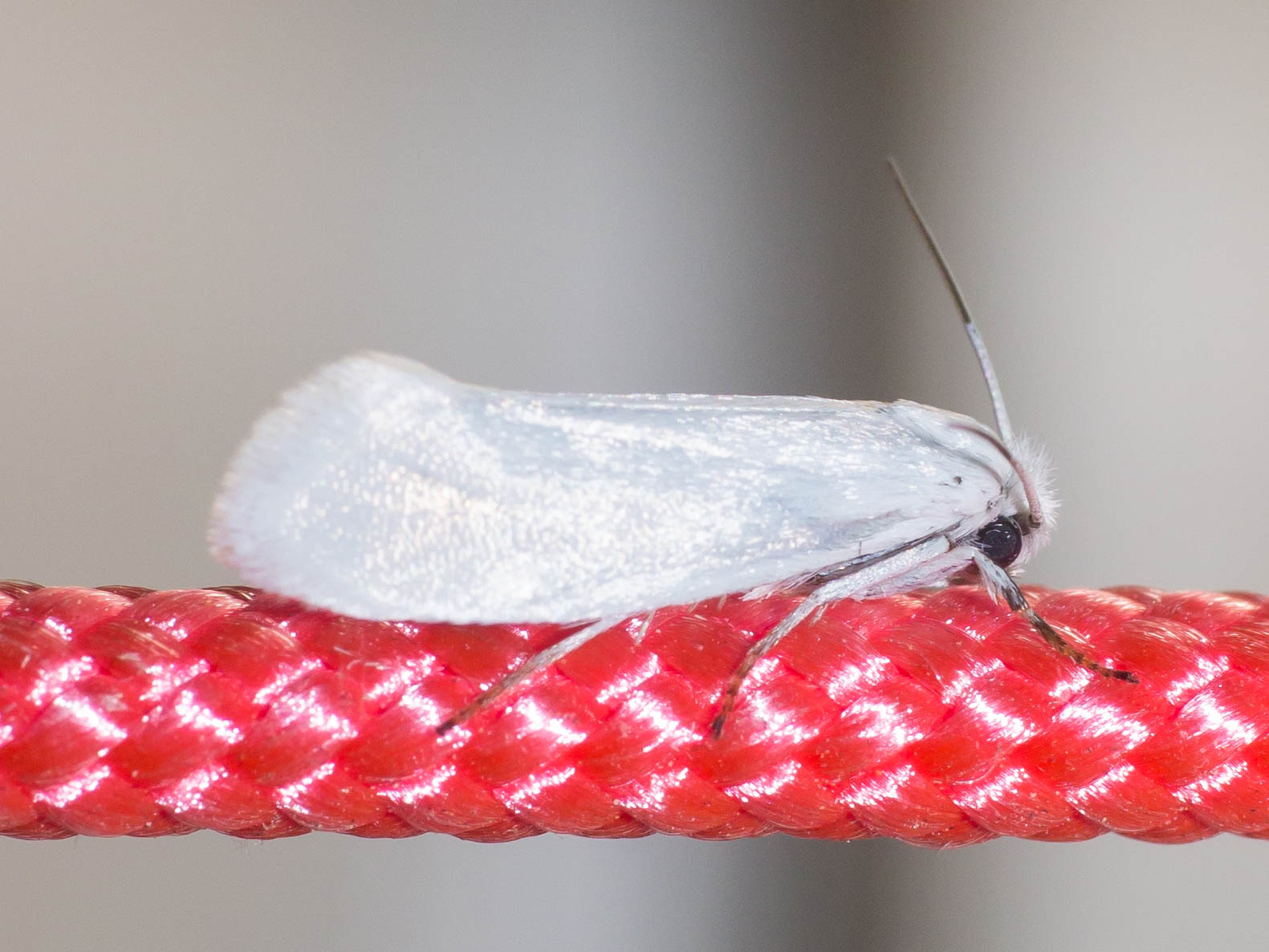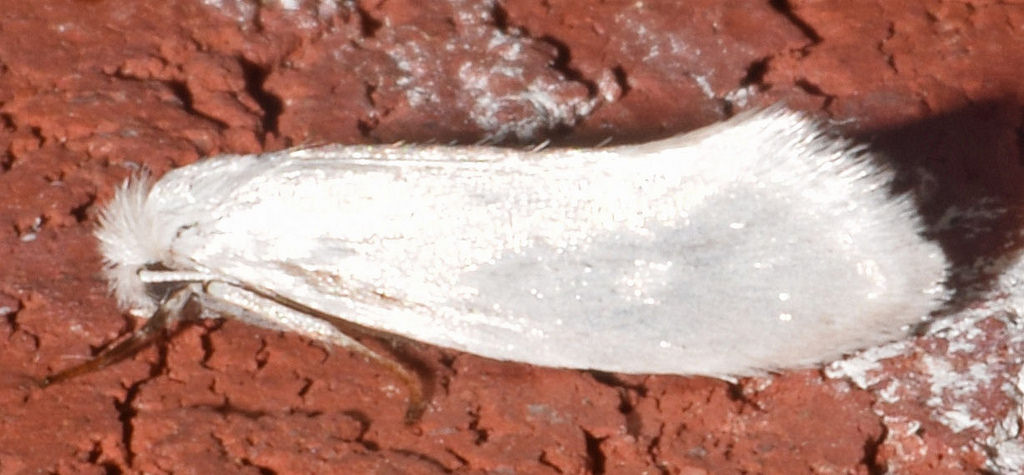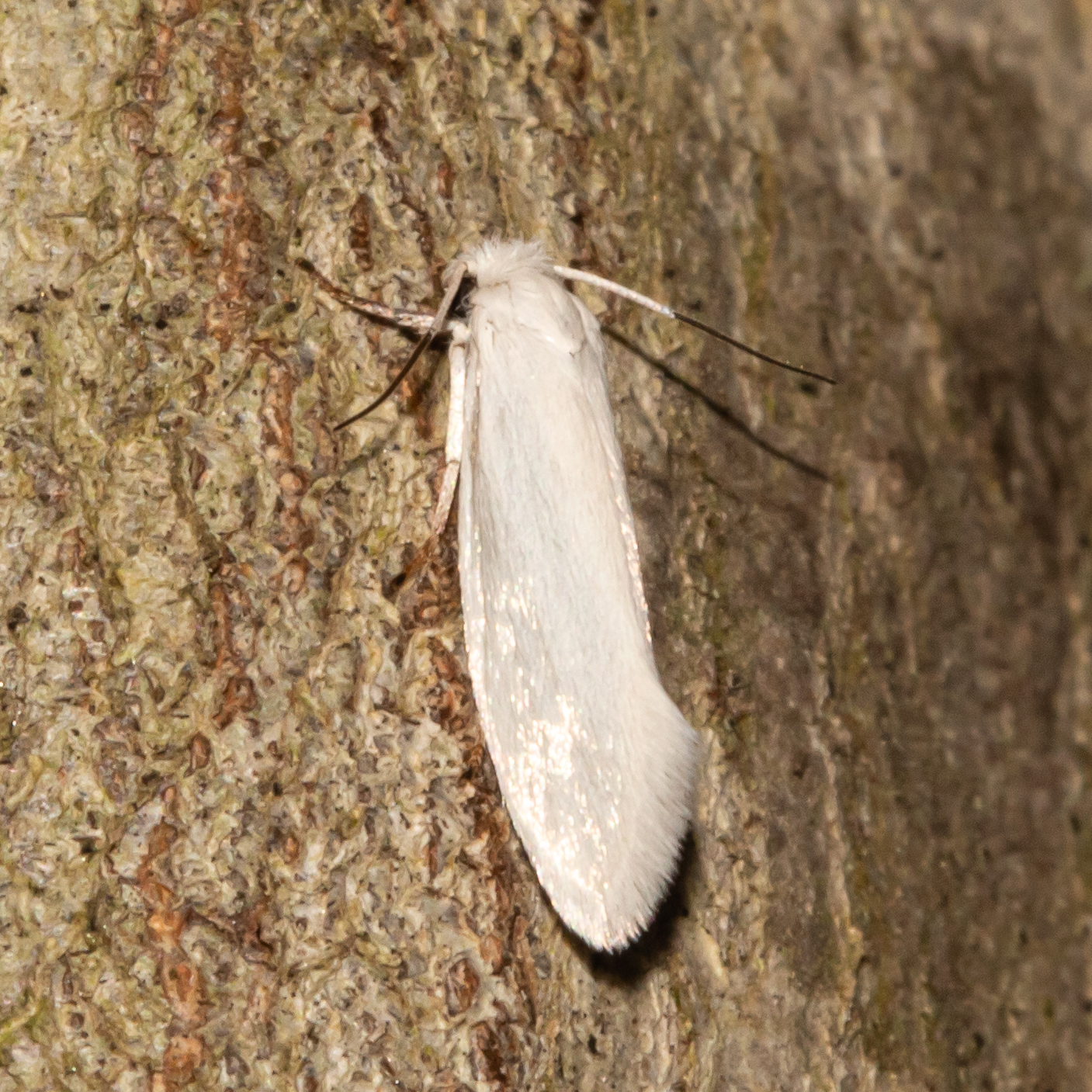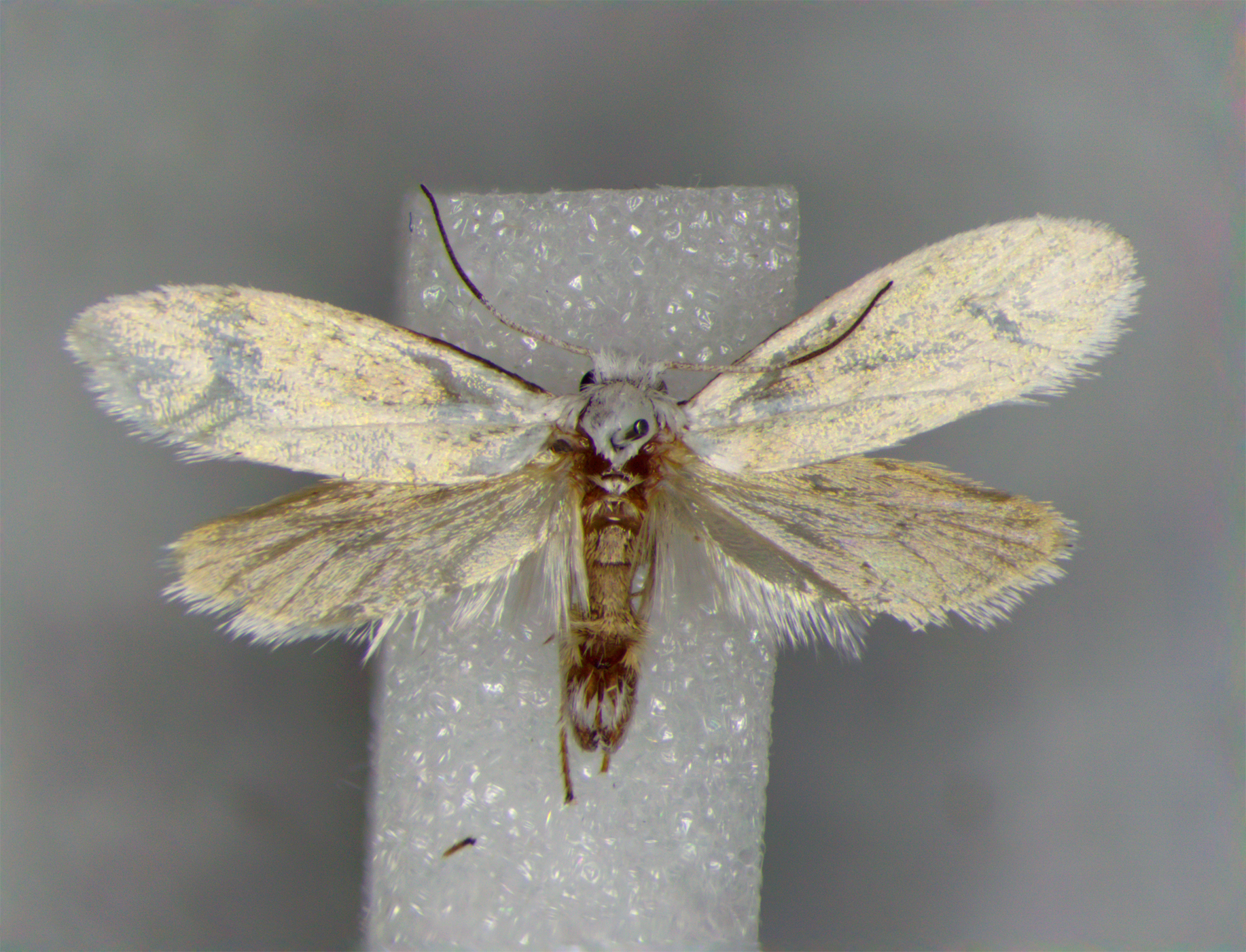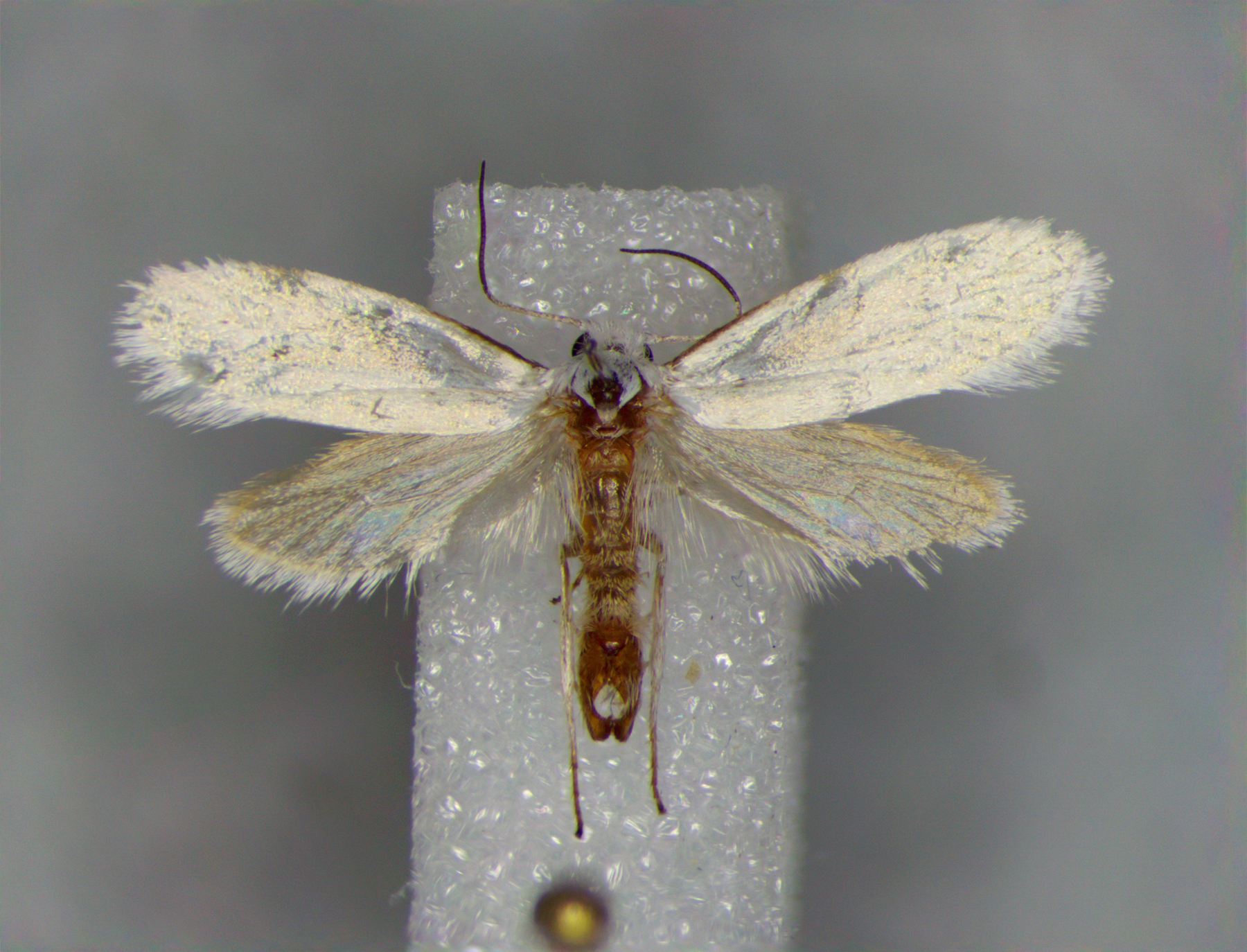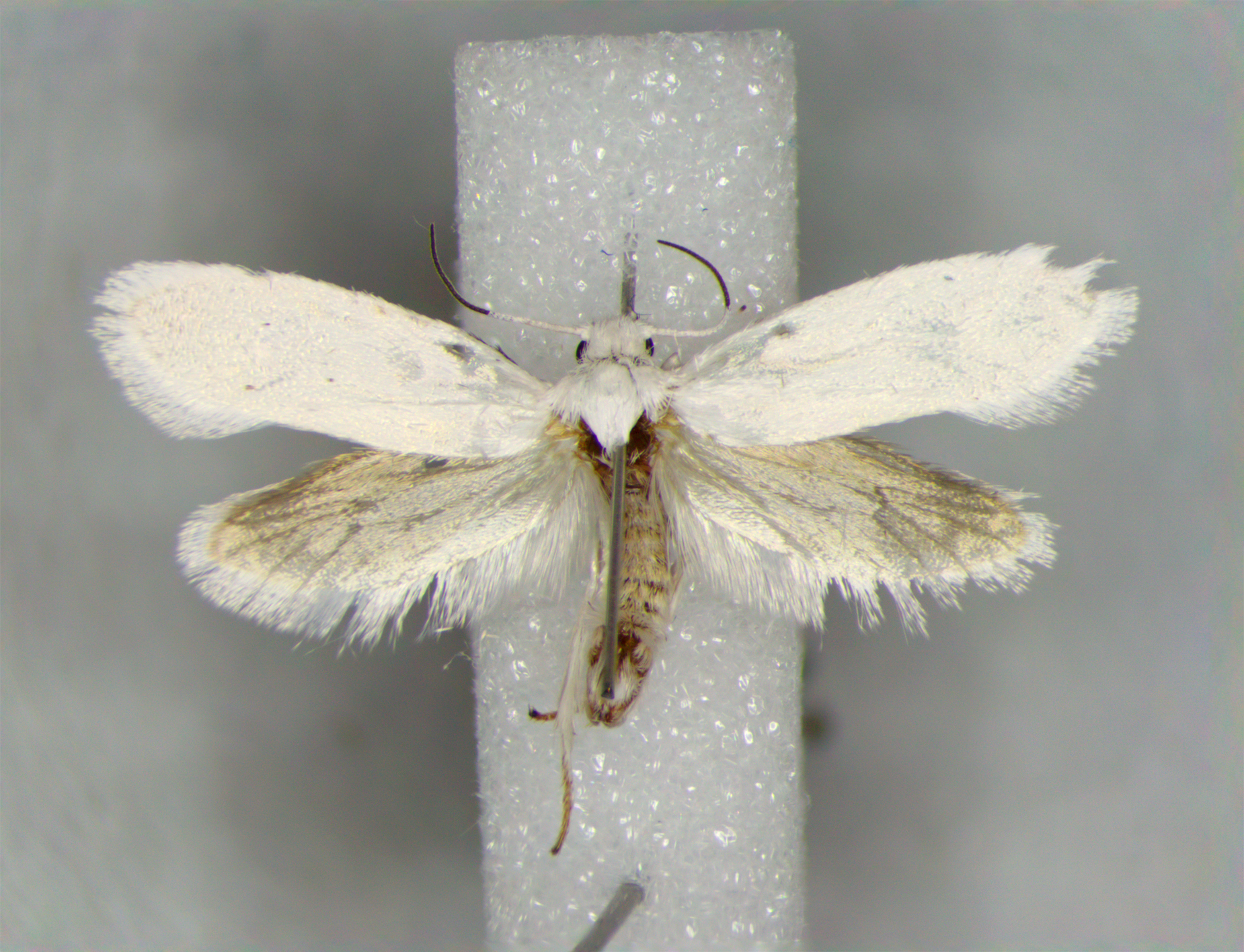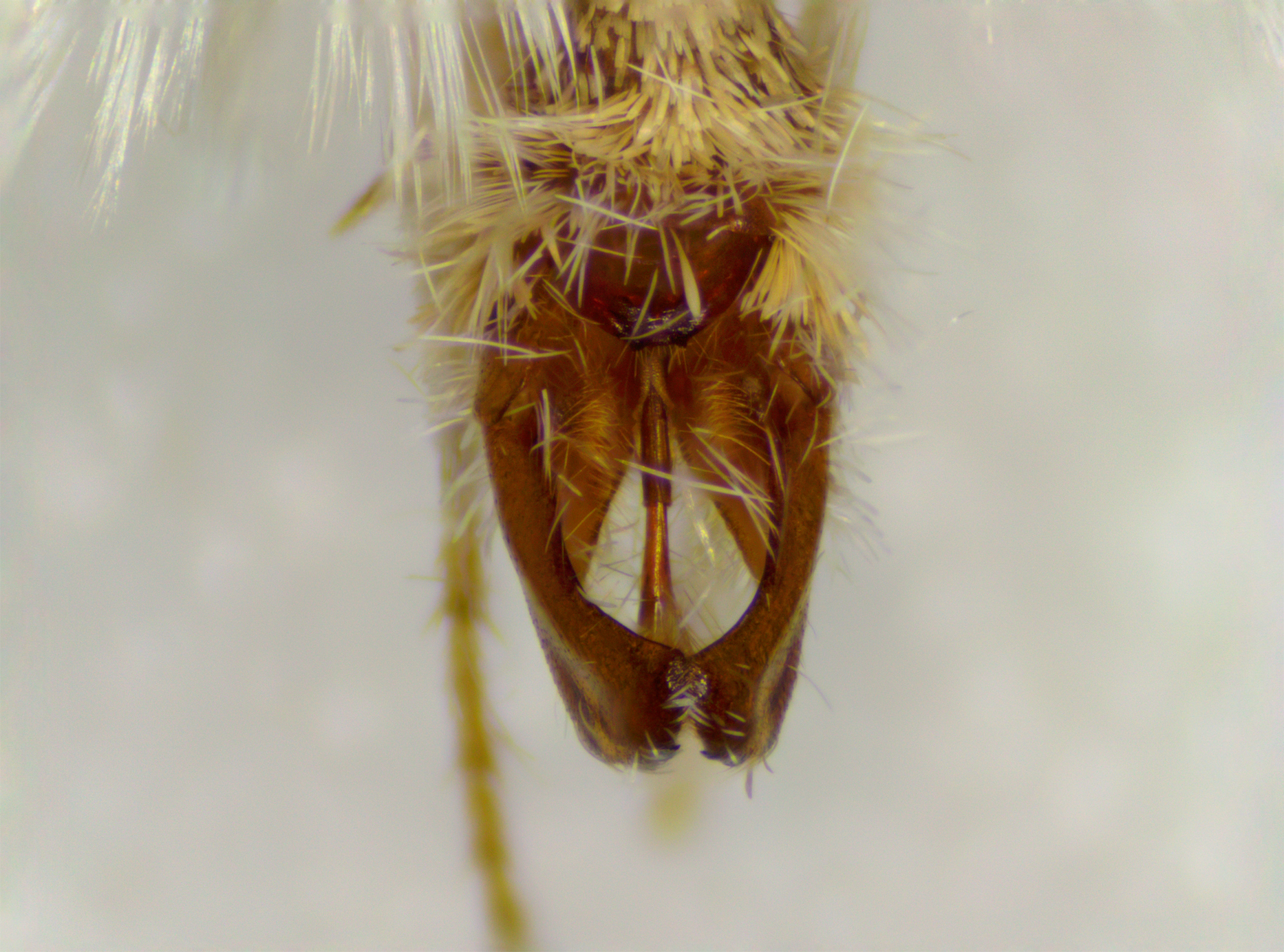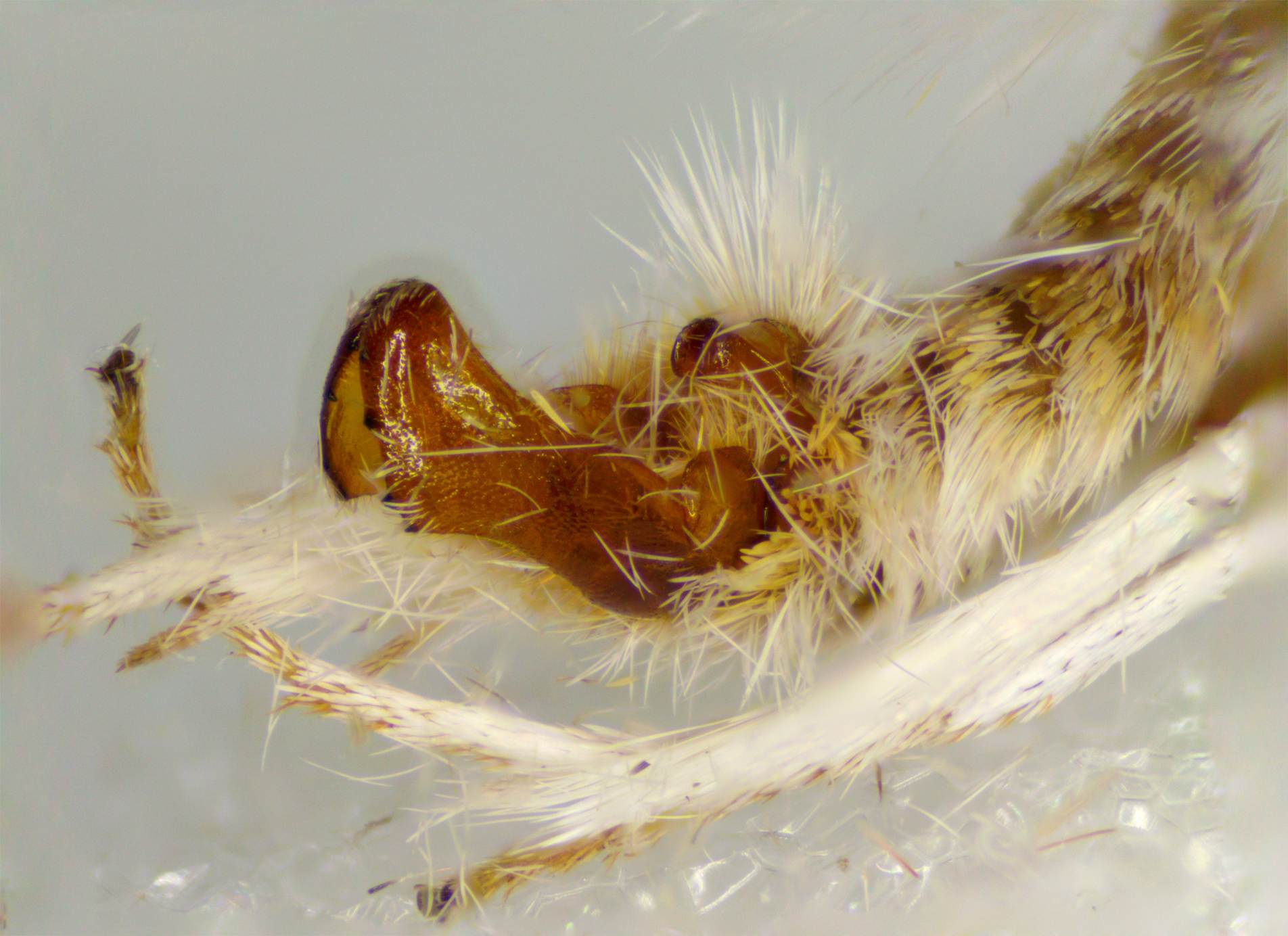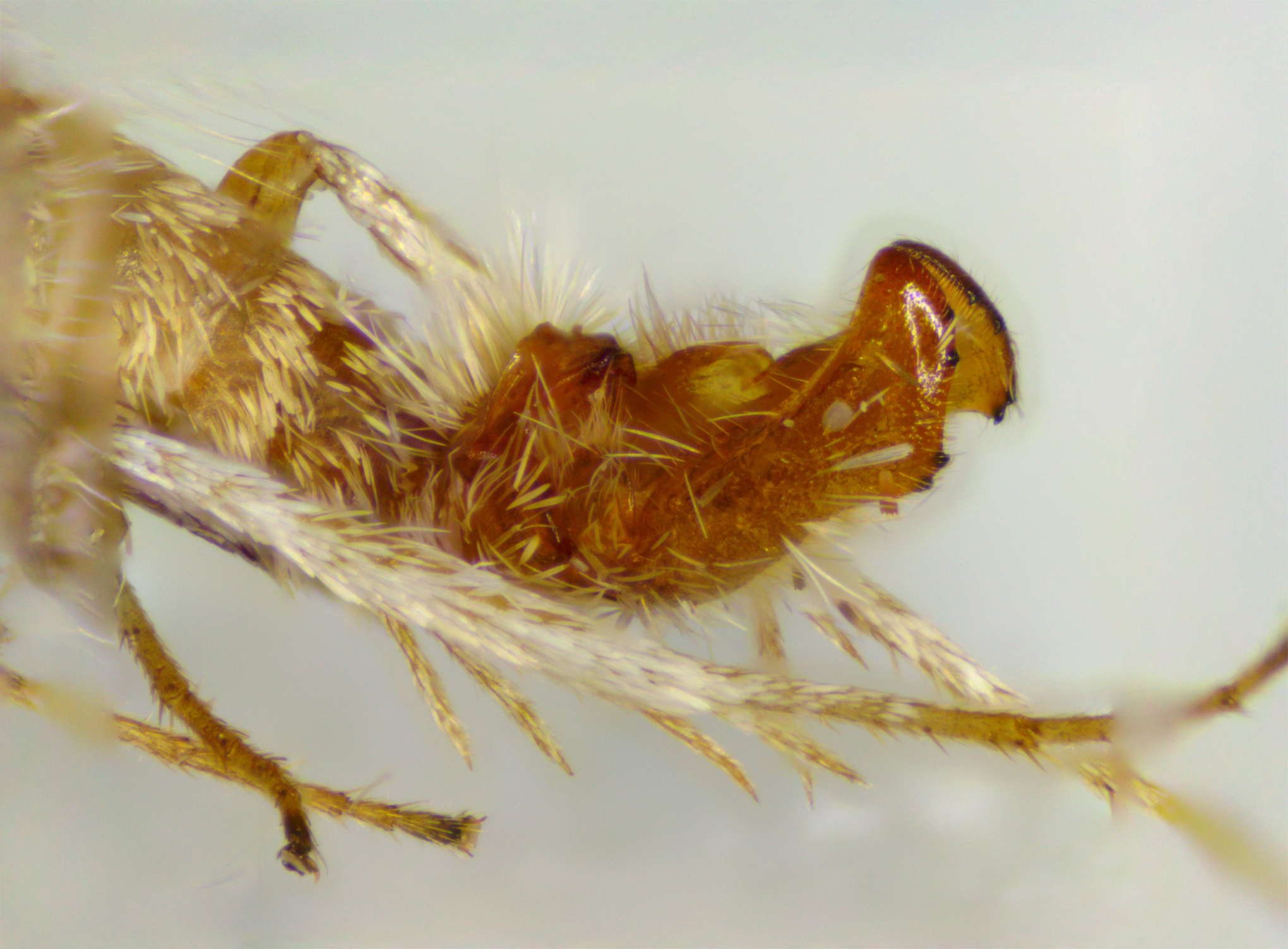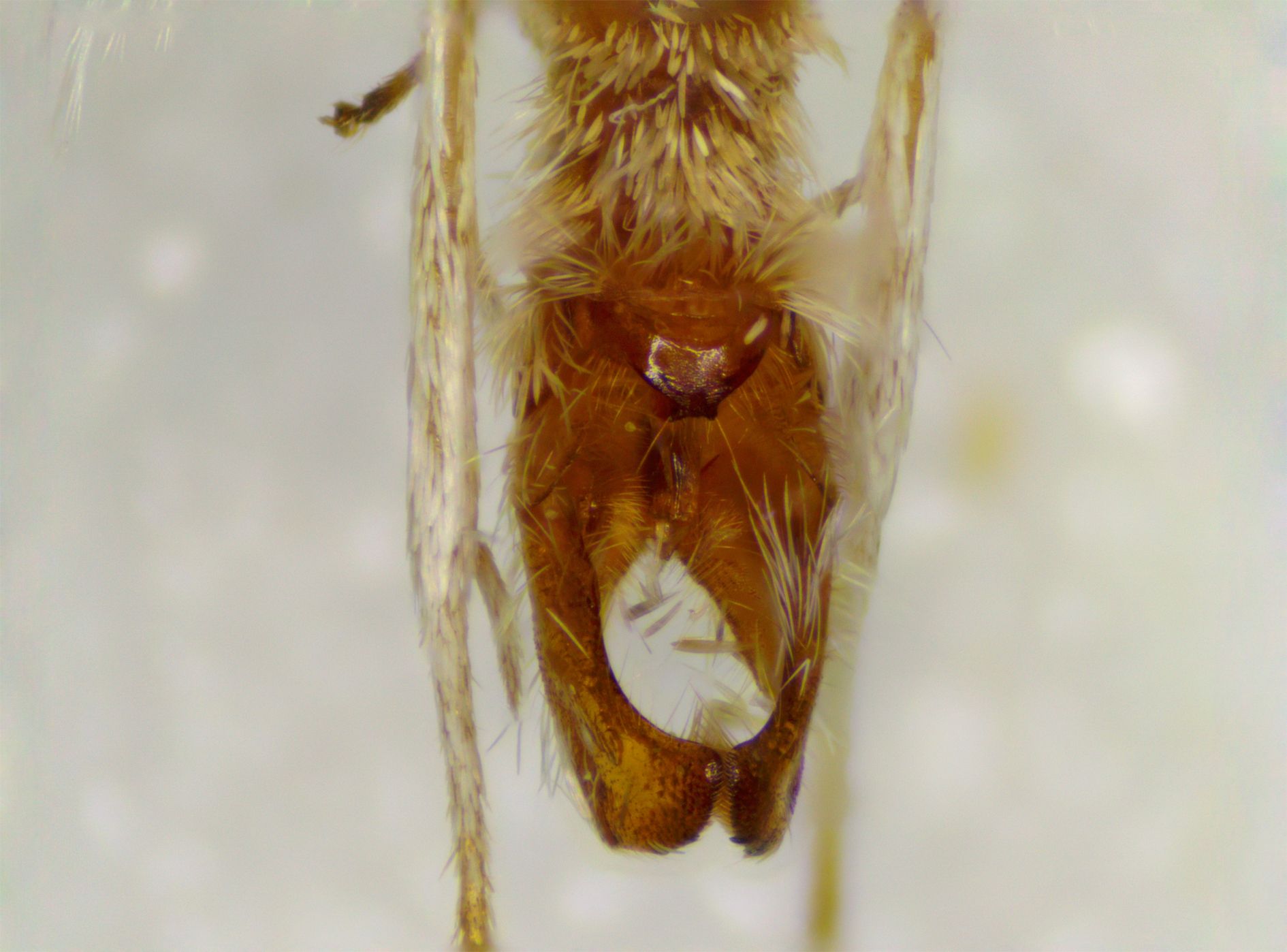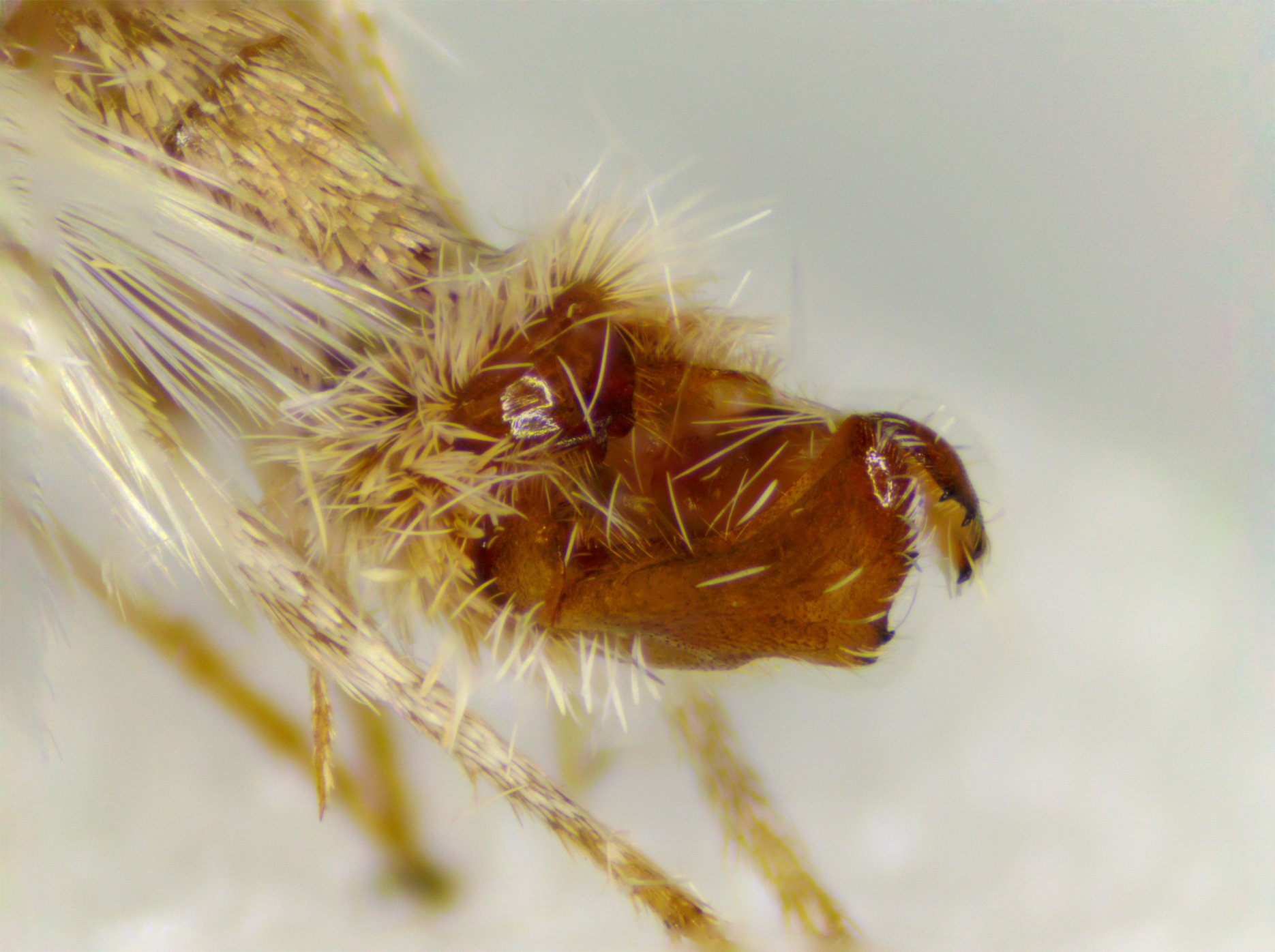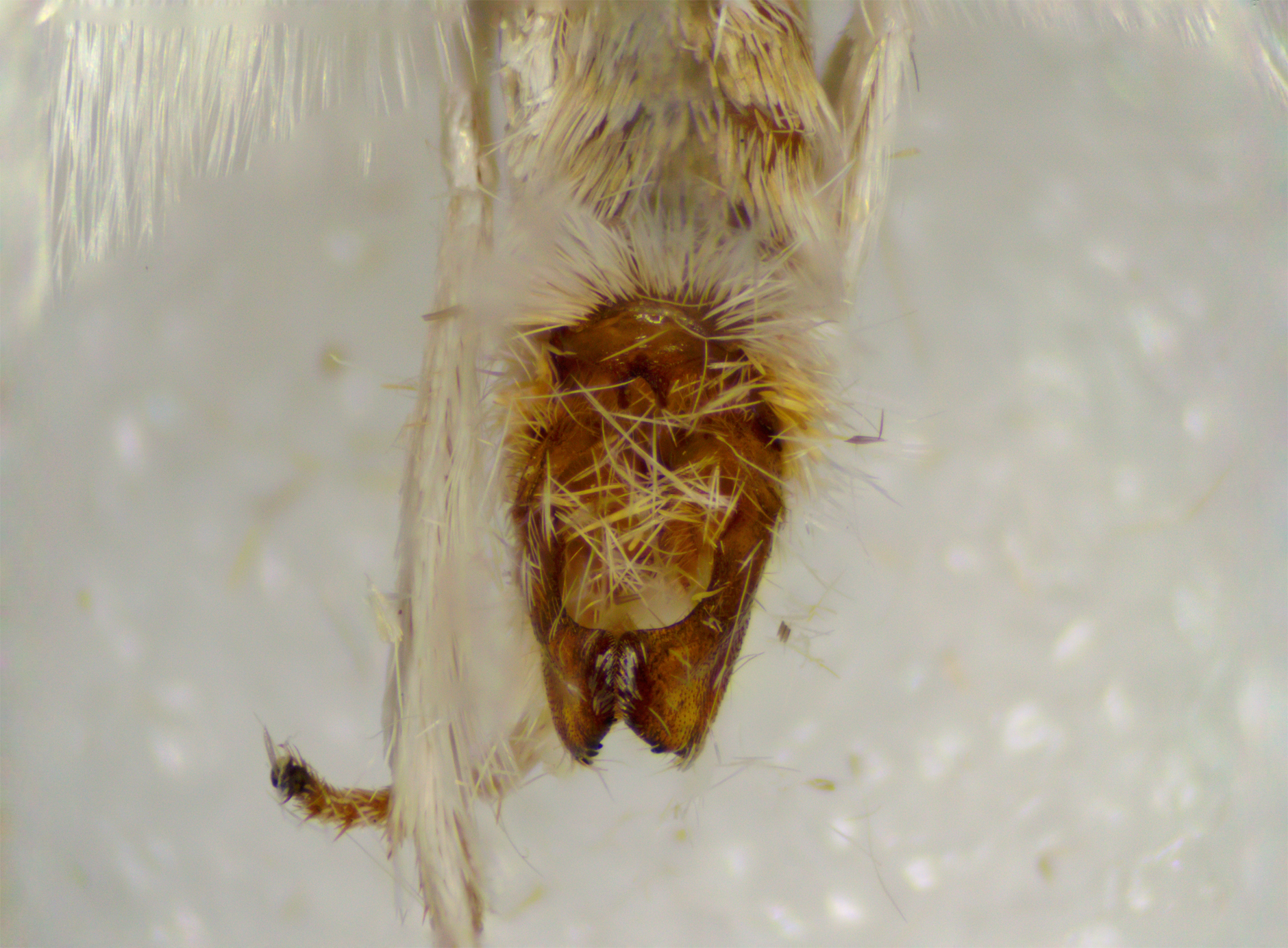Map Snapshot





23 Records
Status
Three Yucca moth species are known to occur in Maryland and can co-occur in multiple life stages within the same yucca plant. Females of only Eastern Yucca Pollinator Moth pollinate yucca plants, while females of Tegeticula intermedius and Prodoxus decipiens do not pollinate them. Males of all three species also do not pollinate them. All three species belong to the family Prodoxidae, which includes moth species that specialize on other plants besides yucca.
Description
Distinguishing live adults of the three species is usually not possible on sight or in photo records due to their external similarity and overlapping size distributions. Identifications of adults usually must remain at the group of three species. However, close-up, detailed images of the face and of the genitalia at the end of the abdomen (the latter usually unhelpfully covered by the wings in typical resting posture) can sometimes permit identification to two or even just one of the three species without collecting the specimen, as follows: A patch of tan scales in the discal cell of the otherwise immaculate white forewing, rarely extended to a larger region of the wing, occurs only in Tegeticula intermedius. However, many adults of this species have immaculate, white forewings without a tan patch, indistinguishable from the forewings of both Eastern Yucca Pollinator Moth and Prodoxus decipiens. A collected, pale yellow, pollen ball on the face of the moth indicates a pollination habit. This habit is present in only Eastern Yucca Pollinator Moth females. Such pollen balls are easily recognizable from views of the face and the side of the head. The absence of a pollen ball provides no useful diagnostic information. The presence of a long, coilable maxillary tentacle, arising from the joint of the basal two segments of the maxillary palpus, indicates the ability to grasp collected pollen balls and pollinate yucca plants, an ability that only Eastern Yucca Pollinator Moth females have. This tentacle is usually longer than the maxillary palpus and about as long as the galea (one of the two branches of the bifurcated proboscis). Males of all three species, females of Tegeticula intermedius and Prodoxus decipiens, and even some females of Eastern Yucca Polinator Moth have a reduced, vestigial, or absent tentacle. A close-up view of the face is necessary to recognize the state of the tentacle. Males of Prodoxus decipiens have longer valvae, about 1/4 of the forewing length, while males of the two Tegeticula species have shorter valvae, about 1/6 of the forewing length. This character can distinguish the two genera and, because only one species of Prodoxus co-occurs, can allow single-species identification of Prodoxus decipiens when the valvae are long. This character is usually covered by the wings in typical resting posture, making it rarely useful for live adults. Outside these scenarios, collected specimens are needed for identification.
Relationships
Feeds on the vegetative parts of yuccas and agave.
Seasonality Snapshot
Source: Wikipedia
| Five-Spotted Bogus Yucca Moth | |
|---|---|

| |
| Scientific classification | |
| Domain: | Eukaryota |
| Kingdom: | Animalia |
| Phylum: | Arthropoda |
| Class: | Insecta |
| Order: | Lepidoptera |
| Family: | Prodoxidae |
| Genus: | Prodoxus |
| Species: | P. quinquepunctellus
|
| Binomial name | |
| Prodoxus quinquepunctellus (Chambers, 1875)
| |
| Synonyms | |
| |
Prodoxus quinquepunctellus, commonly referred to as the five-spotted bogus yucca moth, is a moth of the family Prodoxidae. It is found from southern Alberta, Canada, to the Mexican Plateau of northern Mexico. The habitat consists of desert, grassland, openings in pine or deciduous forests and coastal chaparral and dunes.
Discovered in 1875 by American entomologist V.T. Chambers, the five-spotted bogus yucca moth was given the genus Prodoxus to differentiate it from Tegeticula yuccasella, also known as the yucca moth. They were initially thought to be the same species, but were later differentiated due to behavioral and physical distinctions.
The five-spotted bogus yucca moth is currently classified as endangered by the Committee on the Status of Endangered Wildlife in Canada in April 2006. The status of the moth was reassessed in May 2013, but no changes were made. [1]
The wingspan of the moth is roughly 12–23 mm.[2]
References
[edit]- ^ "Species at risk registry". species-registry.canada.ca. Retrieved 2024-09-13.
- ^ TOLweb
